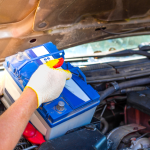As electric vehicles (EVs) continue to gain popularity, many drivers are discovering the benefits of going green, from reduced emissions to lower fuel costs. However, with any new technology comes the need for heightened awareness, particularly regarding safety concerns. One of the most talked-about issues surrounding EVs is the potential for battery fires. While these incidents are rare, they can be alarming and raise questions about the overall safety of electric vehicles.
In this article, we’ll explore practical safety tips to help you minimize risks and maximize your peace of mind while enjoying the many advantages of EV ownership. Whether you’re a seasoned EV driver or considering making the switch, these easy-to-follow guidelines will ensure that you stay informed and safe on the road.
Table of Contents
- Understanding the Basics of EV Battery Safety
- Recognizing Early Warning Signs of Battery Issues
- Practical Tips for Charging Your EV Safely
- Best Practices for Storage and Maintenance of EV Batteries
- Q&A
- Key Takeaways
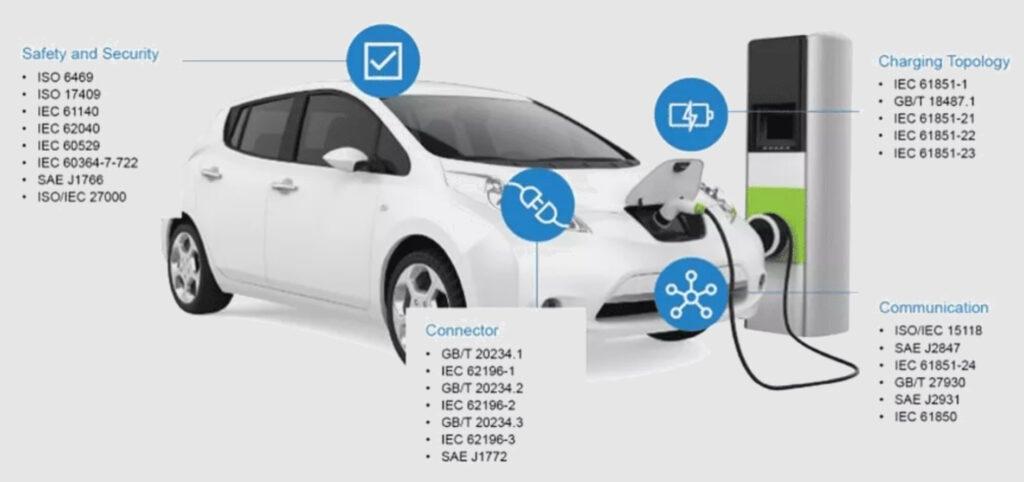
Understanding the Basics of EV Battery Safety
When it comes to electric vehicle battery safety, understanding the fundamentals can significantly reduce the risk of incidents. One crucial aspect is recognizing the signs of potential issues with your EV battery. Always be vigilant for unusual smells, leaking fluids, or swelling batteries. If any of these symptoms occur, it’s best to consult a professional technician immediately. Moreover, proper maintenance can play a pivotal role in ensuring safety; this includes keeping the battery clean and free from debris, as well as ensuring that connections are tight. Regularly scheduled check-ups can also identify underlying issues before they escalate.
In addition to maintenance, practicing safe charging habits is essential. Here are a few tips to consider:
- Use approved chargers: Always utilize chargers that are certified and recommended by your EV manufacturer.
- Avoid overheating: Never charge your vehicle in extreme temperatures, as this can increase fire risk.
- Unplug when not in use: To avoid potential electrical malfunctions, ensure you unplug the charger after your vehicle is fully charged.
Adopting these practices can help you maintain a safe environment while enjoying the benefits of electric mobility. Remember, awareness and preventative measures are your best allies in keeping your EV battery safe and sound.
Read More: Driving in smog: Top driving tips in poor visibility
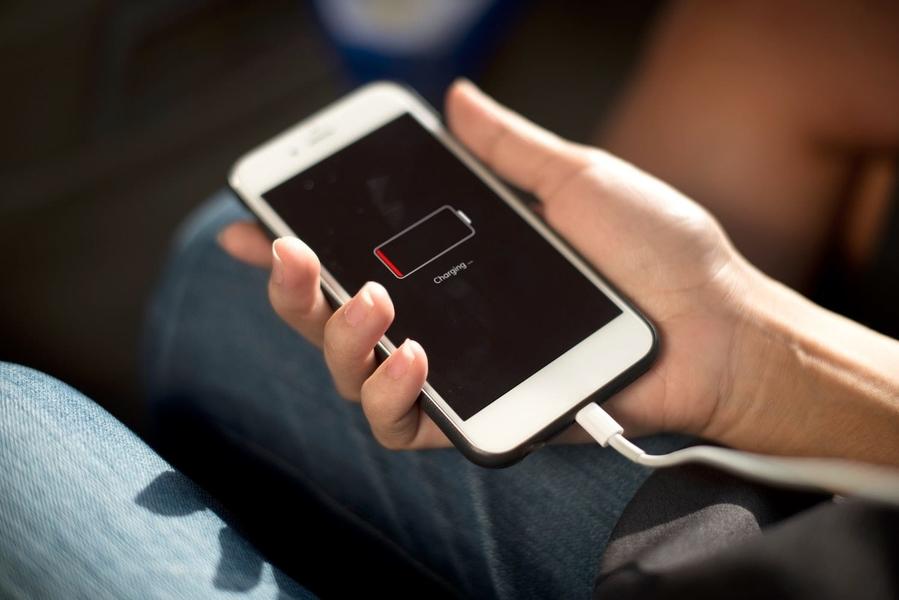
Recognizing Early Warning Signs of Battery Issues
Identifying the early signs of battery problems can be crucial for maintaining the safety of your electric vehicle. Stay alert for unusual behaviors that could indicate underlying issues. Common symptoms include:
- Swelling or bulging of the battery casing
- Excessive heat during charging or operation
- Strange odors, such as burning or chemical smells
- Sudden drops in performance or range
- Frequent warning lights on the dashboard
It’s essential to monitor these indicators closely. If you notice any of these warning signs, it’s best to consult a professional technician immediately. Regular maintenance checks can help you catch potential issues before they escalate. Consider the following best practices to ensure your battery remains in top shape:
| Practice | Description |
|---|---|
| Regular Inspections | Schedule routine check-ups to assess battery health. |
| Temperature Management | Avoid exposing the battery to extreme temperatures. |
| Proper Charging | Follow manufacturer guidelines for charging frequency and amount. |
| Software Updates | Keep your vehicle’s software up-to-date. |
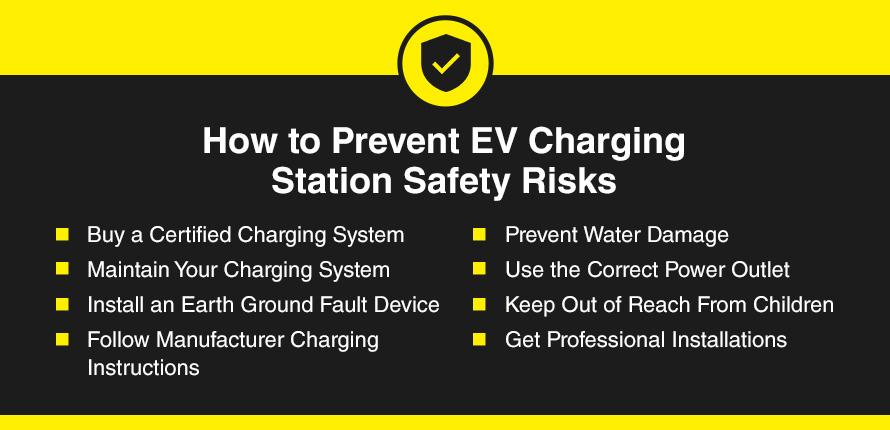
Practical Tips for Charging Your EV Safely
Charging your electric vehicle (EV) safely is crucial to maintaining its performance and ensuring the longevity of its battery. Always use the manufacturer-approved charger for your specific model to avoid compatibility issues. Additionally, check that the charging station is in good condition and free from any visible damage before plugging in. It’s also wise to keep an eye on the temperature during the charging process; avoid charging in extreme weather conditions, particularly when it’s exceptionally hot or cold, as this can affect battery efficiency and safety.
When it comes to charging at home, installing a dedicated circuit for your EV can make a significant difference in safety and charging speed. Ensure that the outlet or charging station is GFCI-protected, which provides an extra layer of safety by shutting off power in case of a fault. Moreover, consider investing in a smart charger that can help manage charging times and avoid peak loads, reducing the risk of overheating. avoid using extension cords, as these can heat up and pose a fire hazard. Instead, use a proper charging cable that keeps your vehicle properly powered without compromising safety.
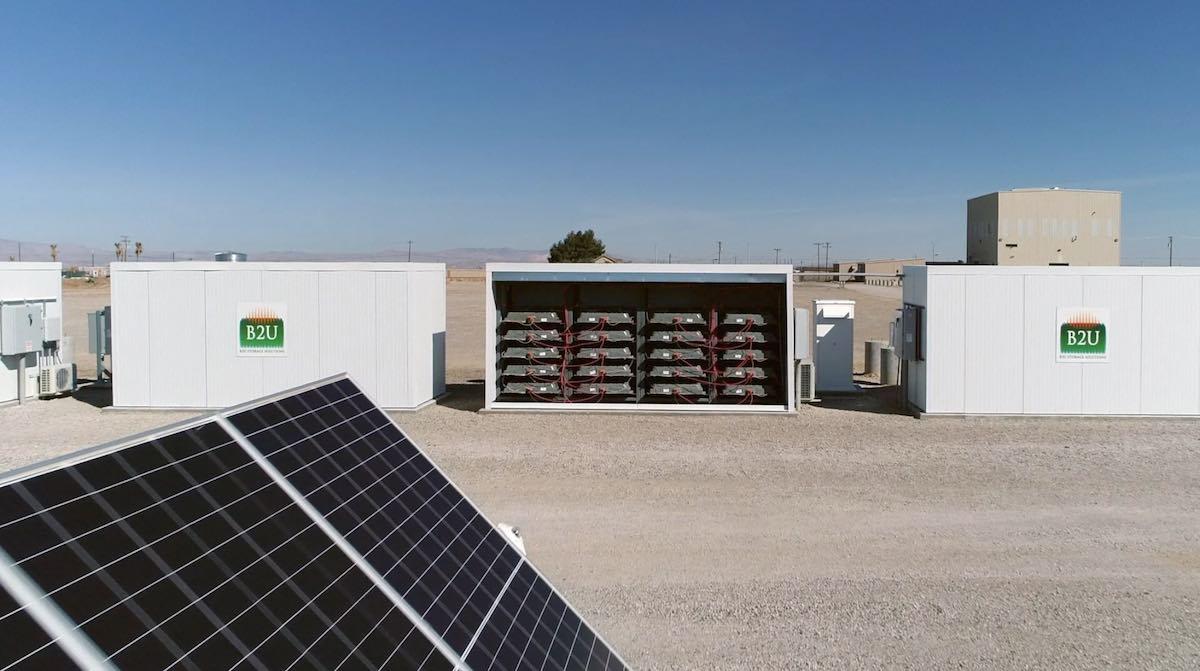
Best Practices for Storage and Maintenance of EV Batteries
To ensure the longevity and safety of EV batteries, proper storage conditions are essential. Temperature control is a critical factor; batteries should ideally be stored in a cool, dry place, away from direct sunlight and extreme temperatures. Excessive heat can lead to battery degradation, while overly cold conditions can hinder performance. Additionally, humidity levels should be monitored, as high moisture can cause rust and corrosion, negatively impacting the battery’s functionality. It’s also important to keep the battery terminals clean and free of corrosion to maintain optimal connectivity.
Regular maintenance plays a vital role in enhancing battery safety. Monitoring battery charge levels is crucial; never allow the battery to fully discharge or remain at 100% for extended periods, as this can stress the battery cells. For long-term storage, aim for a charge of about 50-70%. Implementing a visual inspection routine can help identify any physical damage or swelling, which are warning signs that should not be ignored. In case of any anomalies, consult a professional for further assessment. Keeping the environment clean and free of debris can also minimize the risk of accidental fires.
Q&A
Q&A: Safety Tips to Avoid EV Battery Fires
Q1: What are the common causes of EV battery fires?
A1: EV battery fires can be caused by several factors, including manufacturing defects, physical damage to the battery pack, exposure to extreme temperatures, and improper charging practices. It’s essential to be aware of these risks to mitigate them effectively.
Q2: How can I ensure my EV battery is well-maintained?
A2: Regular maintenance is key. Schedule periodic inspections with a qualified technician, follow the manufacturer’s guidelines for care, and keep the battery clean and free from debris. Also, be mindful of any software updates that can enhance the battery management system.
Q3: What should I do to prevent damage to my EV battery?
A3: Avoid exposing your vehicle to extreme conditions, such as severe heat or cold. If you’re in an area prone to flooding or heavy rain, be cautious and avoid driving through deep water. Additionally, refrain from hitting potholes or curbs that might cause physical damage to the battery.
Q4: Are there any specific charging practices I should follow?
A4: Absolutely! Always use the charger supplied by the manufacturer or a certified charger compatible with your vehicle. Avoid overcharging by unplugging the vehicle once it reaches full charge. Use household outlets or charging stations that are properly installed and maintained.
Q5: How can I spot early signs of a potential battery issue?
A5: Keep an eye out for warning lights on your dashboard, unusual smells (like burning or plastic), or changes in performance (such as decreased range). If you notice swelling or any visible damage to the battery, it’s crucial to stop using the vehicle and consult a professional.
Q6: What should I do if I experience a battery fire?
A6: If your EV battery catches fire, prioritize your safety and evacuate the vehicle immediately. Call emergency services and do not attempt to extinguish the fire unless you have training and the proper tools. Remember that lithium-ion battery fires require special handling and can be unpredictable.
Q7: Are there any additional precautions I can take?
A7: Yes! Consider investing in fire-resistant mats for your garage or the area where you park your EV. Keep a fire extinguisher rated for electrical fires nearby, and familiarize yourself with how to use it. Educating family members about EV safety can also be beneficial.
Q8: Is it safe to park my EV indoors?
A8: While parking your EV indoors is generally safe, it’s advisable to ensure that your parking area is well-ventilated and equipped with smoke detectors. If you have concerns, you can park in an open space, especially if you live in an area with extreme temperatures or weather conditions.
Q9: Where can I find more information about EV safety?
A9: The best resources include your EV manufacturer’s website, local fire departments, and organizations focused on electric vehicles and safety. These sources provide valuable information and updates on best practices and safety regulations.
Q10: What is the takeaway message regarding EV battery safety?
A10: Staying informed and proactive is key! By following recommended maintenance practices, being cautious with charging, and knowing how to respond in emergencies, you can enjoy the many benefits of electric vehicles while minimizing the risks associated with battery fires.
Key Takeaways
while electric vehicles offer a host of benefits, including reduced emissions and lower operating costs, it’s essential to prioritize safety, particularly when it comes to battery maintenance. By following these safety tips, you can significantly reduce the risk of battery fires and enjoy peace of mind as you hit the road in your EV. Regular checks, using approved charging equipment, and paying attention to any signs of distress can go a long way in ensuring a safe driving experience. Remember, being informed is your best defense. Happy driving, and stay safe out there!










